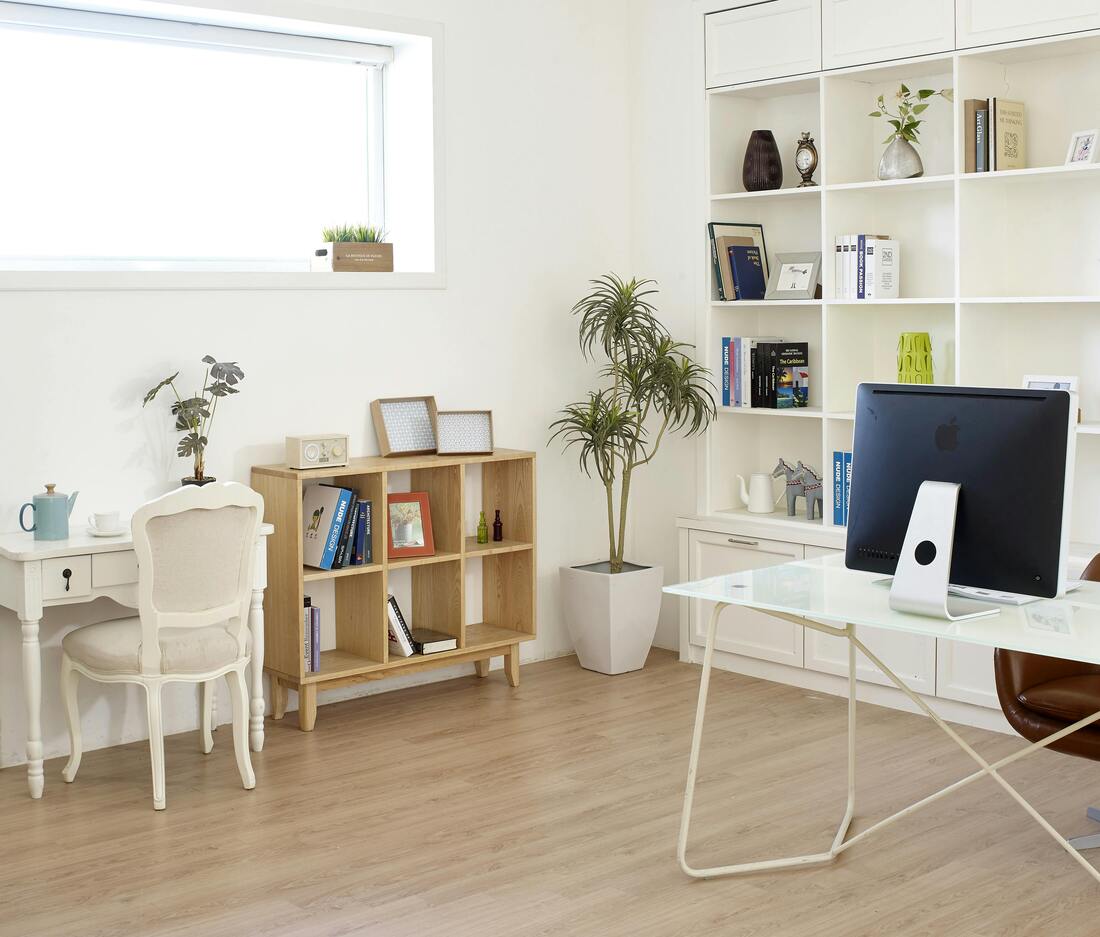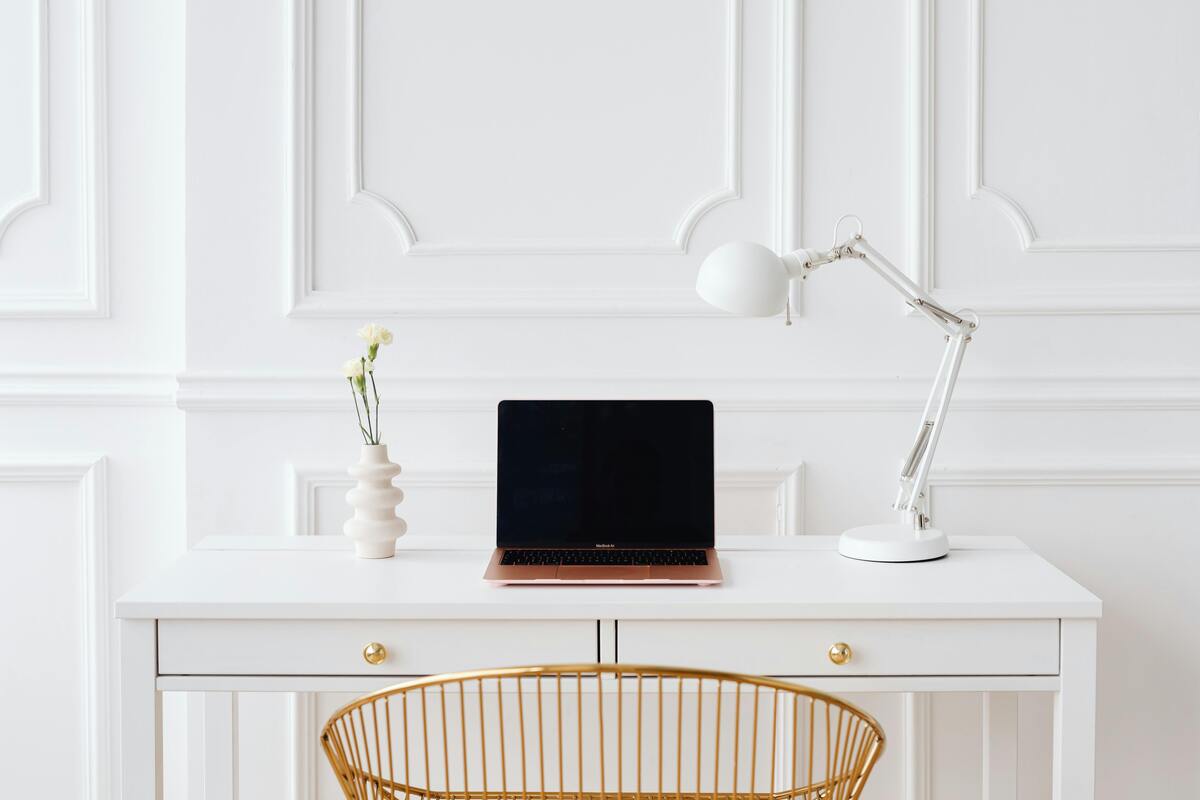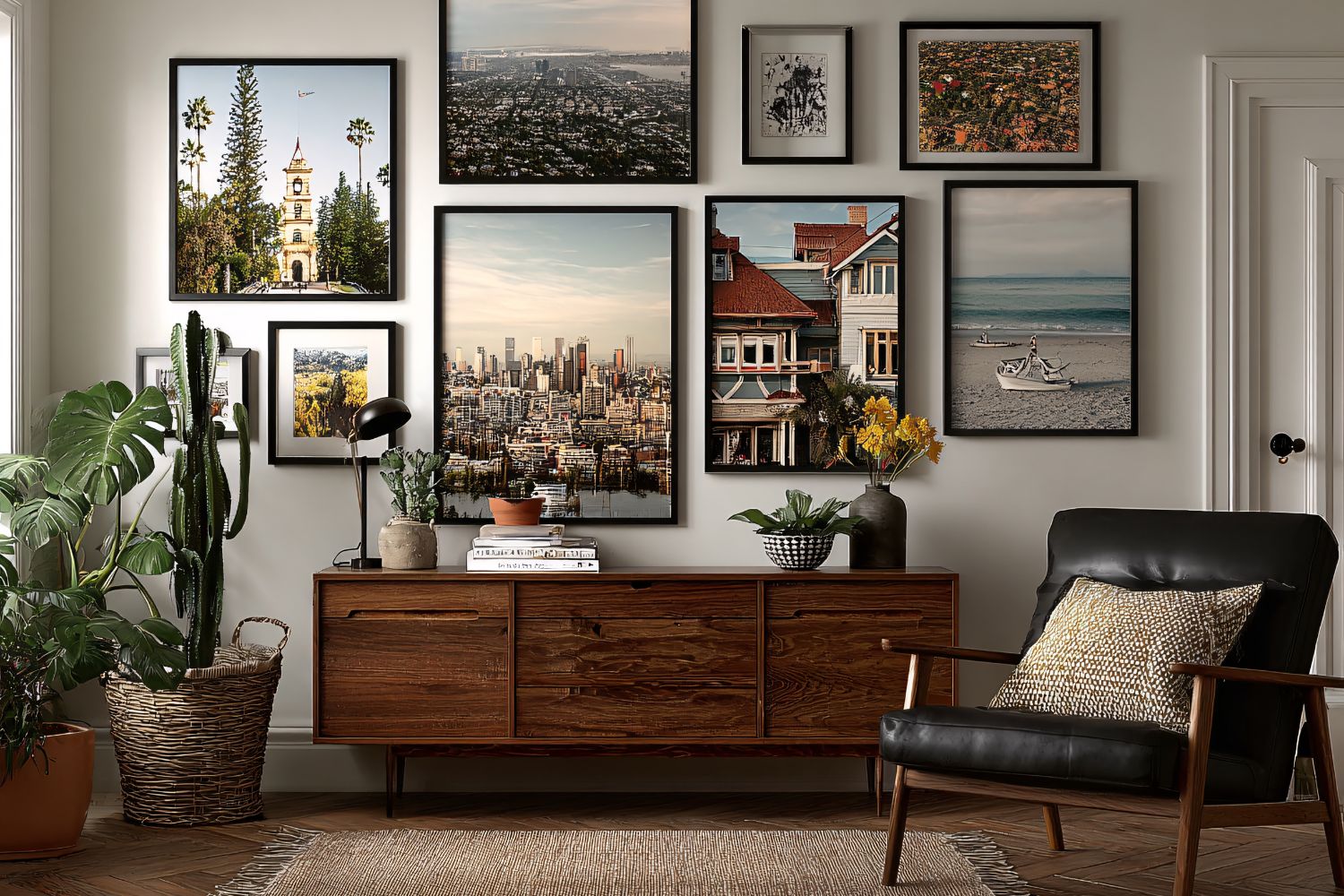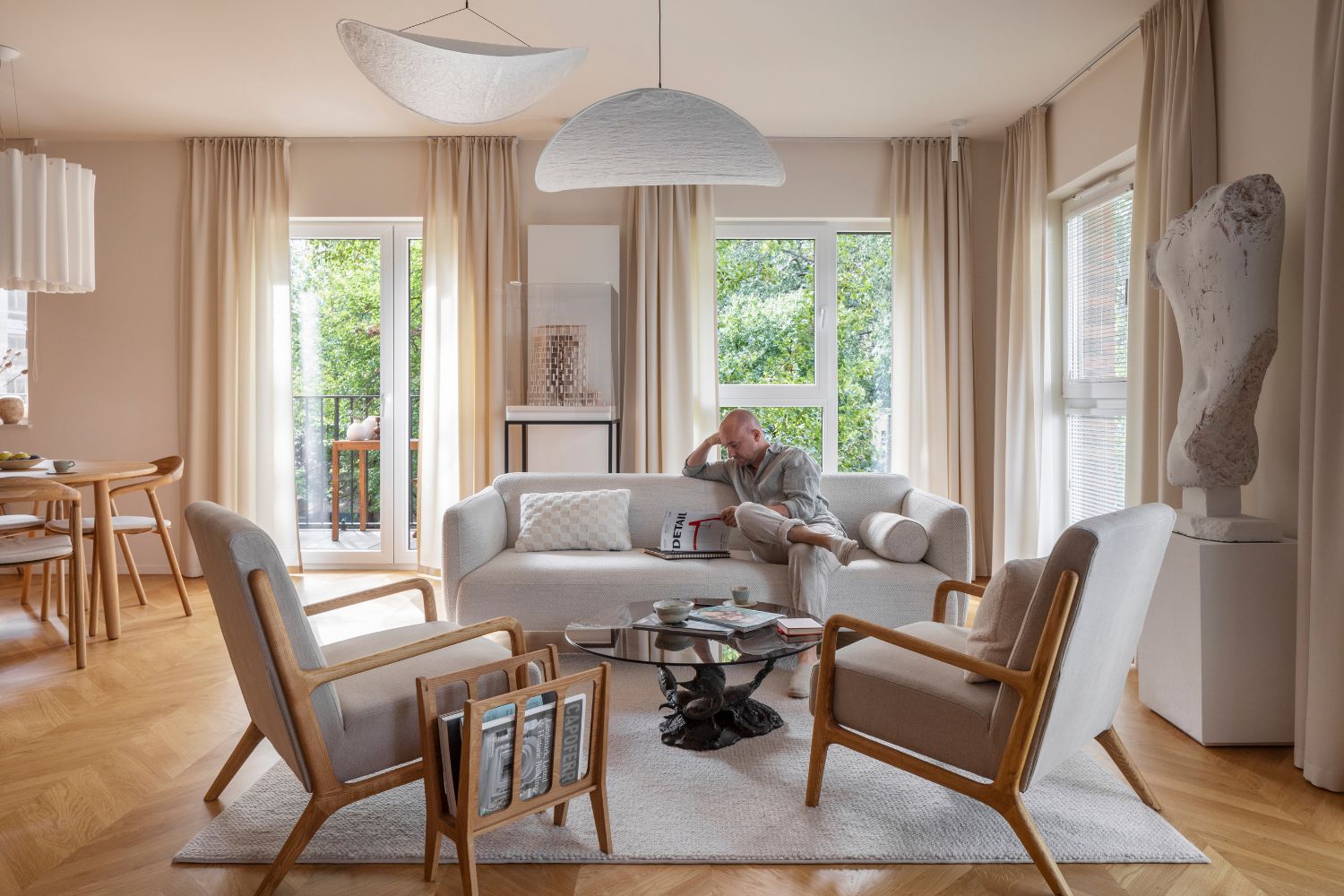- Home
- Articles
- Architectural Portfolio
- Architectral Presentation
- Inspirational Stories
- Architecture News
- Visualization
- BIM Industry
- Facade Design
- Parametric Design
- Career
- Landscape Architecture
- Construction
- Artificial Intelligence
- Sketching
- Design Softwares
- Diagrams
- Writing
- Architectural Tips
- Sustainability
- Courses
- Concept
- Technology
- History & Heritage
- Future of Architecture
- Guides & How-To
- Art & Culture
- Projects
- Interior Design
- Competitions
- Jobs
- Store
- Tools
- More
- Home
- Articles
- Architectural Portfolio
- Architectral Presentation
- Inspirational Stories
- Architecture News
- Visualization
- BIM Industry
- Facade Design
- Parametric Design
- Career
- Landscape Architecture
- Construction
- Artificial Intelligence
- Sketching
- Design Softwares
- Diagrams
- Writing
- Architectural Tips
- Sustainability
- Courses
- Concept
- Technology
- History & Heritage
- Future of Architecture
- Guides & How-To
- Art & Culture
- Projects
- Interior Design
- Competitions
- Jobs
- Store
- Tools
- More
Top 10 Ideas for Study Room Design

Designing an effective study room or area is fostering people’s learning and creativity. Whether you’re a student, a professional working from home, or someone pursuing personal projects, having a dedicated and well-designed space can significantly enhance your productivity and focus. Below, we present the top 10 ideas for designing a study room that is both functional and inspiring.
Table of Contents
Toggle1. Choose the Right Location
Select a quiet, well-lit part of your home to minimize distractions. If possible, opt for a room with natural light and a view of the outdoors, as these elements can boost your mood and energy levels.
2. Invest in a Comfortable Chair and Desk
Comfort is key for long study sessions. Choose an ergonomically designed chair that supports your back and a desk that is the right height and size for your needs. Consider a standing desk or an adjustable one to change your posture throughout the day.

3. Optimize Lighting
Good lighting is essential to reduce eye strain. Combine natural light with adjustable desk lamps or floor lamps to ensure your study area is well-lit at all times of the day.
4. Incorporate Storage Solutions
Keep your study area tidy and organized with shelves, cabinets, or drawers. Use organizers for your desk to keep essential items within reach and designate specific areas for different types of materials.
5. Create a Color Scheme
Colors can significantly affect your mood and concentration. Opt for calming colors like blues and greens for relaxation or bright colors like yellow and orange for stimulation and energy. Personalize your space with a color scheme that suits your style and enhances your productivity.

6. Personalize Your Space
Add personal touches to make the space inviting and inspiring. This could include photos, artwork, motivational quotes, or plants. Personalizing your study area can make it feel more comfortable and encouraging.
7. Incorporate Technology Thoughtfully
Ensure you have adequate power outlets and consider cable management solutions to keep your study area clutter-free. If technology is a distraction, find ways to limit its presence in your study space.
8. Use Flexible Furniture
Consider furniture that can be easily moved or reconfigured. Mobile bookshelves, foldable chairs, and desks on wheels can allow you to change the layout of your study area based on your needs or activities.

9. Designate Zones
If space allows, create different zones for various activities: a reading nook with a comfortable chair and lamp, a writing area with your desk and computer, and a space for brainstorming or creative projects.
10. Focus on Air Quality and Comfort
Ensure good ventilation and consider an air purifier to keep the air fresh. Adding a few indoor plants can also improve air quality and bring a bit of nature into your study space.
Creating a study room that is tailored to your personal needs and preferences can significantly impact your productivity and well-being. By incorporating these ideas, you can design a space that not only meets your practical needs but also inspires and motivates you to achieve your goals.

Submit your architectural projects
Follow these steps for submission your project. Submission FormLatest Posts
Sofa Trends in 2026: Comfort, Organic Forms, and Human-Centered Design
Sofa design in 2026 focuses on comfort, organic forms, tactile materials, and...
Modern American Homes: Interior Design Trends to Watch in 2026
Interior design in the United States is evolving toward warmer, more adaptable,...
10 Popular Interior Design Styles in the USA
Interior design in the USA reflects a wide range of lifestyles, cultural...
BXB Studio’s Hybrid Interior: Redefining the Modern Architectural Workplace
The Warsaw headquarters of BXB Studio was established in a modest 70...












Leave a comment